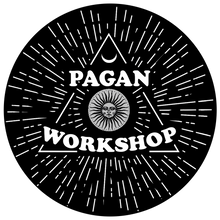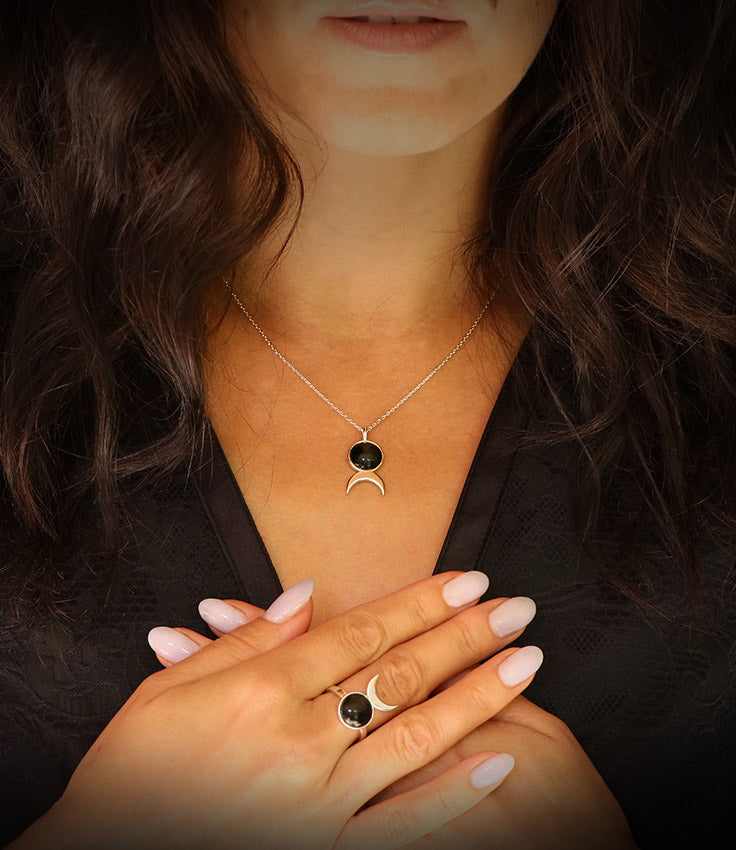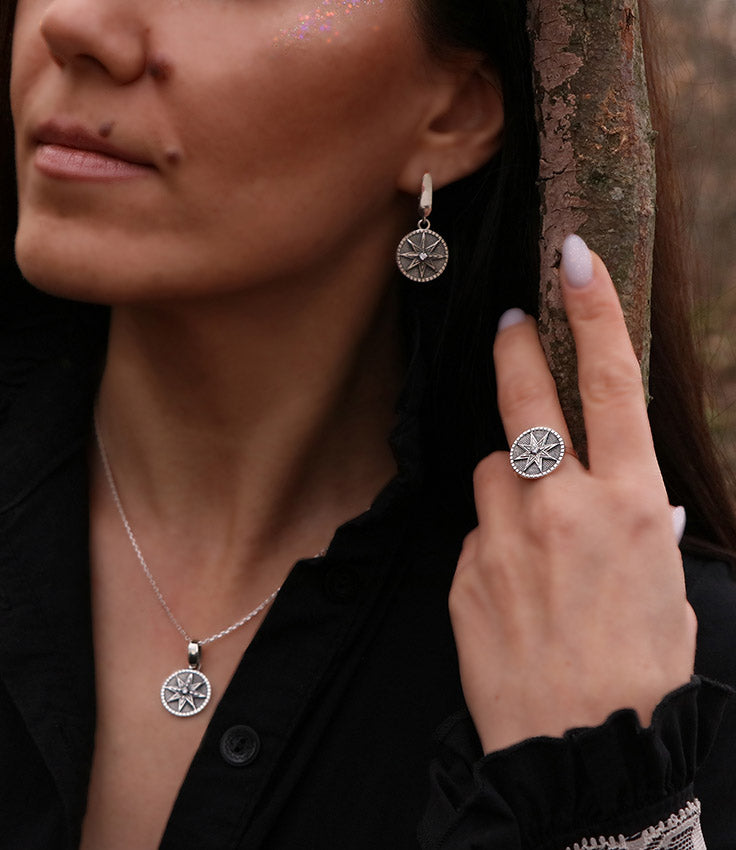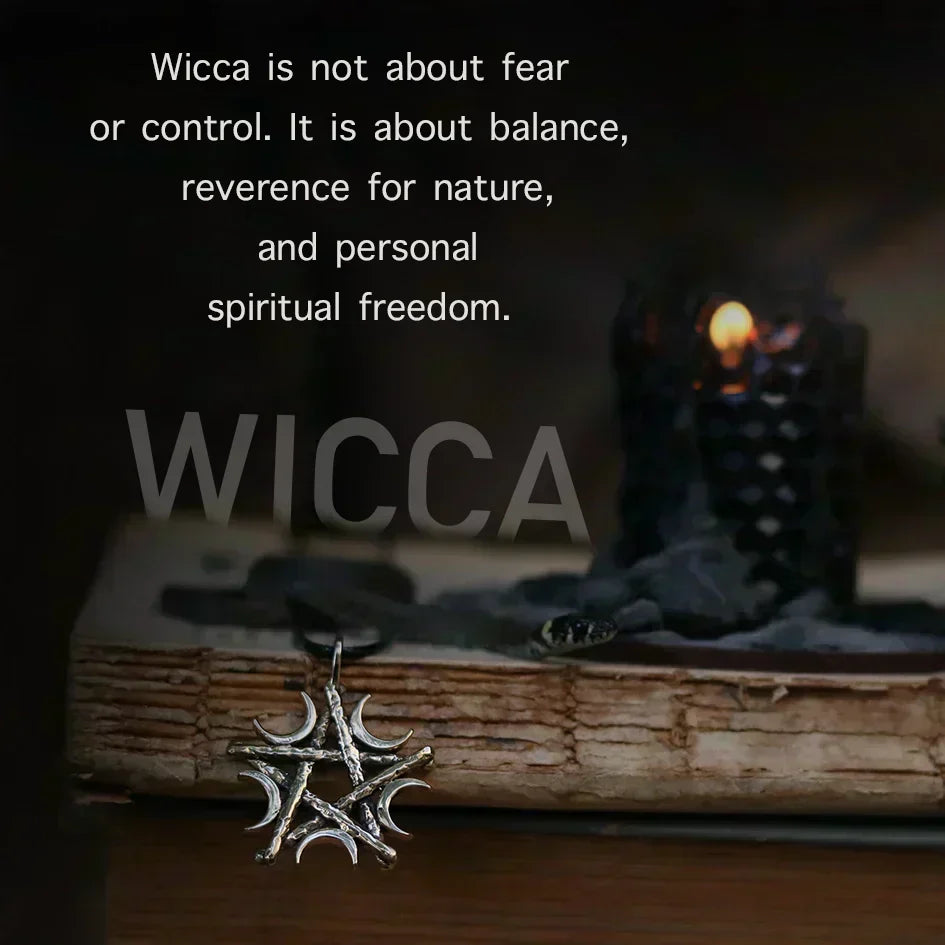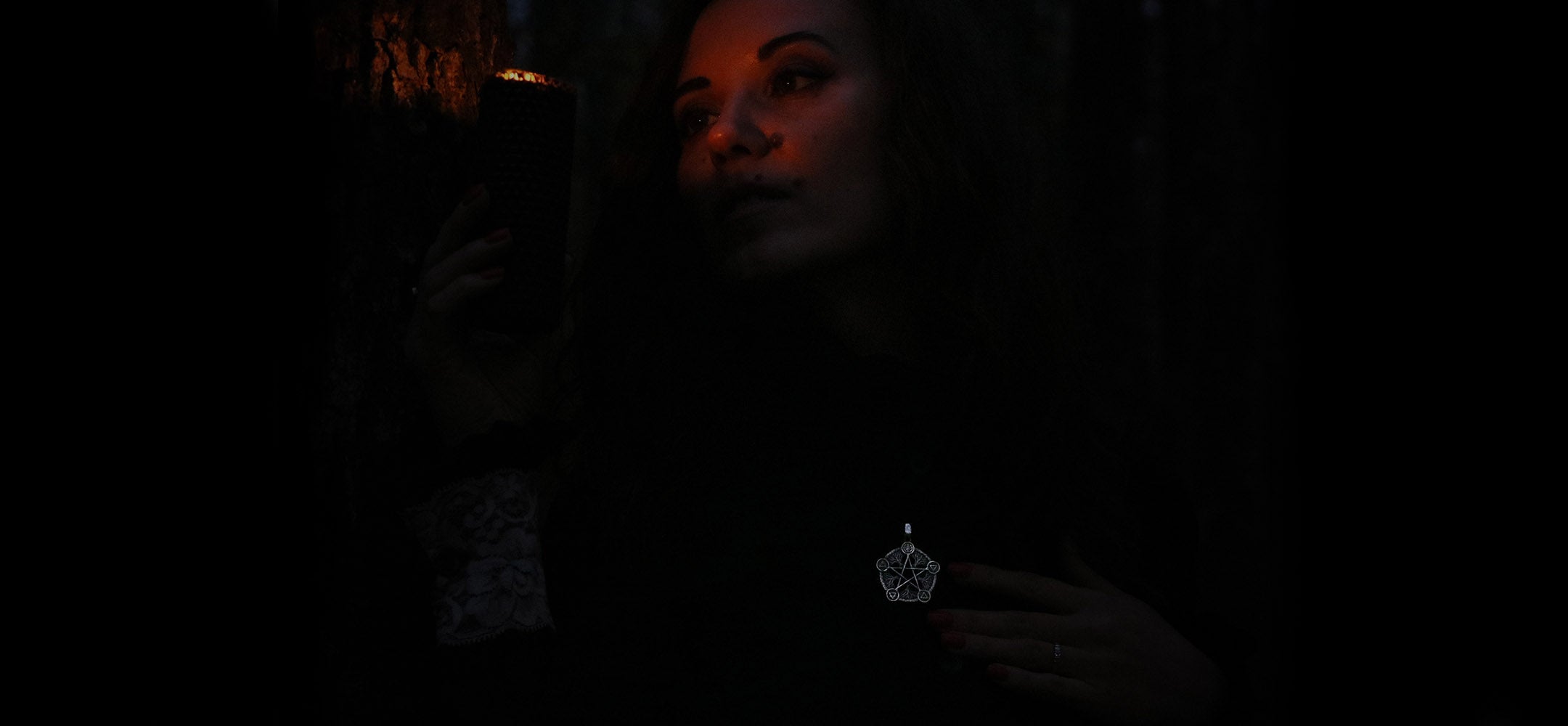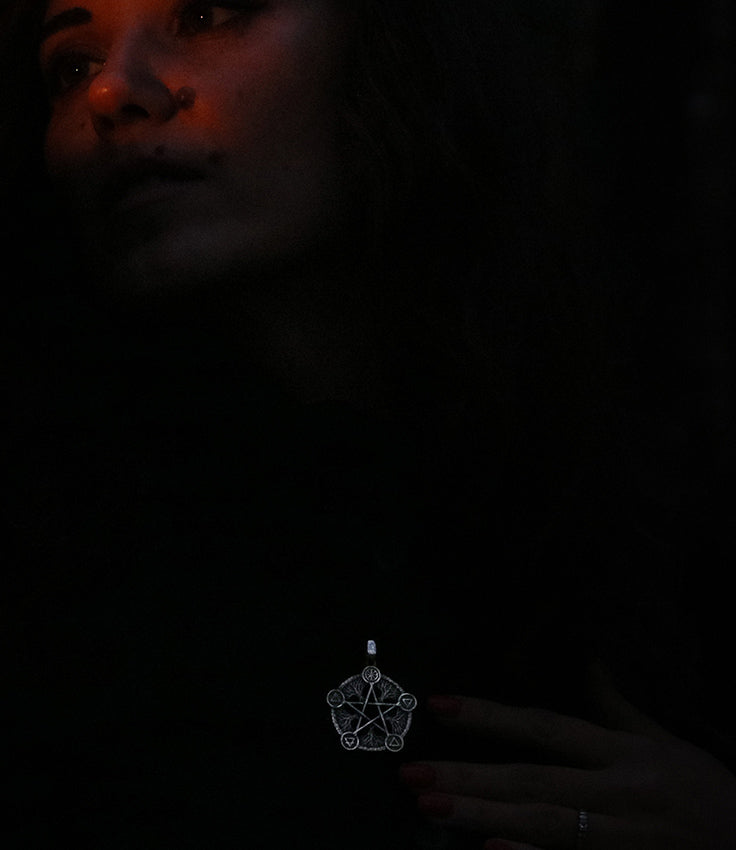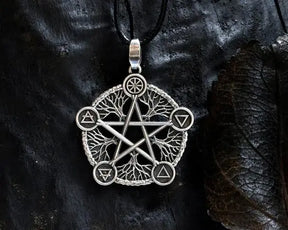- What Does “Witch” Really Mean?
- Etymology: Where the Word Comes From
- Historical Meanings & Misconceptions
- How Different Cultures Use the Word
- Witch Trials & the Law
- Modern Meanings of “Witch”
- Common Practices, Tools & Symbols
- Ethics & Values in Contemporary Witchcraft
- Common Myths vs. Reality
- Using the Word Respectfully
- FAQ: Quick Answers
- Final Thoughts
What Does “Witch” Really Mean?
The word witch carries centuries of history, myth, fear, and empowerment. Its meaning has shifted - from a label used to persecute mostly women in Europe and North America, to a modern, self-chosen identity for people who practice folk magic, nature-based spirituality, or contemporary Pagan paths like Wicca. Today, “witch” can be a cultural stereotype, a religious practitioner, a folk healer, an occult student, or simply someone reclaiming a word that once meant danger and turning it into a source of power and pride.
Etymology: Where the Word Comes From
In English, witch likely traces to Old English wicce (feminine) and wicca (masculine), terms connected to practices of sorcery, divination, or healing. Over time, the word took on darker connotations in Christian Europe, where nonconforming spiritual practices were frequently demonized. Importantly, etymology doesn’t fix meaning - social and religious forces reshaped the term.
Historical Meanings & Misconceptions
Historically, people accused of witchcraft were often midwives, healers, outsiders, or simply unlucky. “Witch” was used as a criminal category rather than a neutral description. Accusations could stem from local conflicts, gender norms, illness, crop failure, or fear of the unknown. The stereotype of a devil-worshiping sorcerer reflects more about the anxieties of the time than the lived practices of the accused.
How Different Cultures Use the Word
The English word “witch” is often mapped onto diverse traditions worldwide, but that can be misleading. Many cultures have their own terms for healers, diviners, and spirit-workers. Some roles are protective and respected; others are feared. Applying the single English word “witch” to all of them blurs important differences. Context matters: in some places, “witch” is still a dangerous accusation.
Witch Trials & the Law
From the late medieval period through the 17th century, Europe and colonial North America witnessed waves of witchcraft trials. Legal systems used testimony, “spectral evidence,” and forced confessions. Many accused had little to do with magic; they were targets of social strain. Understanding this history is crucial: the term “witch” has been used as a tool of control and persecution.
Modern Meanings of “Witch”
Today, “witch” often refers to someone who actively practices witchcraft - a broad umbrella for ritual, spellwork, divination, ancestor veneration, herbalism, and energy work. Some witches are religious (e.g., Wiccan); others are secular and treat witchcraft as a craft or personal spirituality. Not every witch is Wiccan, and not every Pagan is a witch. Many modern witches:
- Work with nature’s cycles (moon phases, seasons).
- Practice folk magic or ancestral traditions.
- Study occult symbolism, tarot, astrology, or herbalism.
- Emphasize consent, harm-reduction, and personal sovereignty.
For growing numbers, “witch” is also an identity - reclaiming autonomy, honoring intuition, and building community around mindful, earth-centered living.
Common Practices, Tools & Symbols
Practices vary widely, but you might encounter:
- Ritual circles, altars, candles, incense, offerings.
- Divination (tarot, runes, scrying), astrology, journaling.
- Herbalism, kitchen witchery, teas, smoke cleansing (with cultural respect).
- Protective work, wards, talismans, sigils, amulets.
- Symbols such as the pentacle (often protection and the five elements), moon phases, and seasonal festivals.
Tools are optional: intention, knowledge, and ethics matter more than gear.
Ethics & Values in Contemporary Witchcraft
Many witches adopt ethical frameworks such as “harm none,” consent-based magic, and accountability. Cultural respect is key: avoid appropriating closed practices or sacred items from living traditions without permission or proper context. Modern communities emphasize mental health, inclusivity, and trauma-aware practice.
Common Myths vs. Reality
-
Myth: Witches are evil or “sell their soul.”
Reality: Contemporary witches span many ethics and beliefs; most value healing, balance, and responsibility. -
Myth: Witchcraft is the same as a specific religion.
Reality: Witchcraft can be religious (e.g., Wicca) or secular. It’s a practice, not one fixed faith. -
Myth: Only women can be witches.
Reality: People of all genders identify as witches. -
Myth: You must be initiated by a coven.
Reality: Many are solitary practitioners. Others enjoy coven or study-group settings.
Using the Word Respectfully
Because “witch” has been used historically to stigmatize and harm, it’s best used with care. Respect self-identification, avoid stereotyping, and remember that in some regions it remains a dangerous accusation. When in doubt, ask how someone describes their path.
FAQ: Quick Answers
Is a witch the same as a Wiccan?
Not necessarily. Wicca is a modern Pagan religion. Some Wiccans practice witchcraft; some witches are not Wiccan.
Do witches believe in a specific god or goddess?
It varies. Some are polytheist, some animist, some secular. There’s no single required belief.
Is witchcraft dangerous?
Ethical, informed practice focuses on mindfulness, consent, and harm reduction. Reckless practice - like anything - can be harmful.
Can anyone become a witch?
Many modern witches say yes: study, practice, ethics, and self-reflection are the path -titles aren’t.
Final Thoughts
The full meaning of witch is layered: history, myth, spirituality, craft, and identity. It can describe a persecuted figure from the past, a healer in the present, or a modern practitioner reclaiming personal power. However you meet the word, approach it with curiosity and respect - because behind it lies a living, diverse, and evolving tradition.
